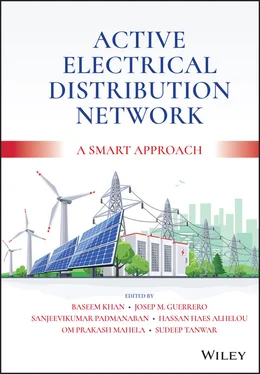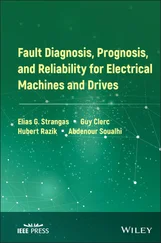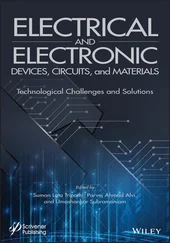Active Electrical Distribution Network
Здесь есть возможность читать онлайн «Active Electrical Distribution Network» — ознакомительный отрывок электронной книги совершенно бесплатно, а после прочтения отрывка купить полную версию. В некоторых случаях можно слушать аудио, скачать через торрент в формате fb2 и присутствует краткое содержание. Жанр: unrecognised, на английском языке. Описание произведения, (предисловие) а так же отзывы посетителей доступны на портале библиотеки ЛибКат.
- Название:Active Electrical Distribution Network
- Автор:
- Жанр:
- Год:неизвестен
- ISBN:нет данных
- Рейтинг книги:5 / 5. Голосов: 1
-
Избранное:Добавить в избранное
- Отзывы:
-
Ваша оценка:
- 100
- 1
- 2
- 3
- 4
- 5
Active Electrical Distribution Network: краткое содержание, описание и аннотация
Предлагаем к чтению аннотацию, описание, краткое содержание или предисловие (зависит от того, что написал сам автор книги «Active Electrical Distribution Network»). Если вы не нашли необходимую информацию о книге — напишите в комментариях, мы постараемся отыскать её.
Discover the major issues, solutions, techniques, and applications of active electrical distribution networks with this edited resource Active Electrical Distribution Network: A Smart Approach
Active Electrical Distribution Network: A Smart Approach
Active Electrical Distribution Network — читать онлайн ознакомительный отрывок
Ниже представлен текст книги, разбитый по страницам. Система сохранения места последней прочитанной страницы, позволяет с удобством читать онлайн бесплатно книгу «Active Electrical Distribution Network», без необходимости каждый раз заново искать на чём Вы остановились. Поставьте закладку, и сможете в любой момент перейти на страницу, на которой закончили чтение.
Интервал:
Закладка:
2.5 Threats with Feeder Segregation and Possible Solutions
The basic objective behind this chapter is to discuss a theft handling mechanism for protecting various power equipment/appliances fitted in agricultural feeders during off-feed hours. This theft handling mechanism is based on a network reconfiguration in which the normal topological structure of the distribution feeder is changed to a new objective-based structure through closing and opening of the sectionalizing and tie switches. If the agricultural feeder is included as part of the feeder reconfiguration, electricity will be made available during off-feed hours, and hence thieves will not take any risk. The following broad steps are required to be taken when developing the theft handling mechanism:
Step 1: To develop a method to decide the locations of different sectionalizing and tie switches in such a way that the inclusion of some of the section of the agricultural feeder in the network reconfiguration will not energize the connected pumps.
Step 2: To develop a method for the selection of tapping points for the agricultural pumps in such a way that the pumps do not draw power during off-feed hours.
Step 3: To deduce the best suitable method for network reconfiguration based on the contemporary situation and the demand for the Feeder Segregation Plan.
Step 4: To draw up a plan for distribution system automation (DSA) to manage the network reconfiguration.
Step 5: To determine the optimal switching frequency for the network reconfiguration while considering all its dynamics and impacts.
Step 6: To validate the above proposed methodologies using high-end tools like ETAP/MATLAB.
Wherever the distribution system in not automated and switching is done manually, the positions of the tie switches are provided based on the ease of reachability and in India where the same practice is being adopted. However, wherever the distribution system is automated and there is scope for implementing network reconfiguration, placing the switches randomly will not serve the purpose. Hence technical studies are being carried out in deciding their numbers and positions. Many research publications are available in this context. As far as steps 1 and 2 are concerned, they are totally new concepts and hence no research is available in this area.
Developing the automation features for the distribution system operation involving an agriculture feeder in a network reconfiguration will totally depend upon the methodologies used for achieving steps 1 and 2. Hence, unless and until some methodology has been developed for steps 1 and 2, it is worthless to design a method for distribution system automation (DSA) considering a feeder reconfiguration. A number of automation models are available for the distribution system. Adequate technologies have been developed in the area of distribution system automation. The main components used for distribution system automation (DSA) are remote terminal units (RTUs), pole top units (P-RTUs), distribution control center (DCC), distribution automation software, communication network, IT network, etc. Simply by changing the operational strategy in an existing distribution system automation model, the task of network reconfiguration based on the set objectives can be achieved. Hence, designing the methodology for achieving step 4 can easily be done.
Switching is one of the important phenomenon in network reconfiguration. Network switching can be done as an hourly, daily, weekly, monthly, or seasonal reconfiguration plan, based on the load curves. Wherever the distribution system in not automated and switching is done manually, frequent switching operations are not possible. Under such a situation, constant load models (peak or mean value) are used for network reconfiguration related studies. However, wherever the distribution system is automated, dynamic (real-time) network reconfiguration is possible with the use of automatic (or remote controlled) switches. The flow chart presented in Figure 2.1 will explain the methodology for deducing the optimal switching frequency [37].
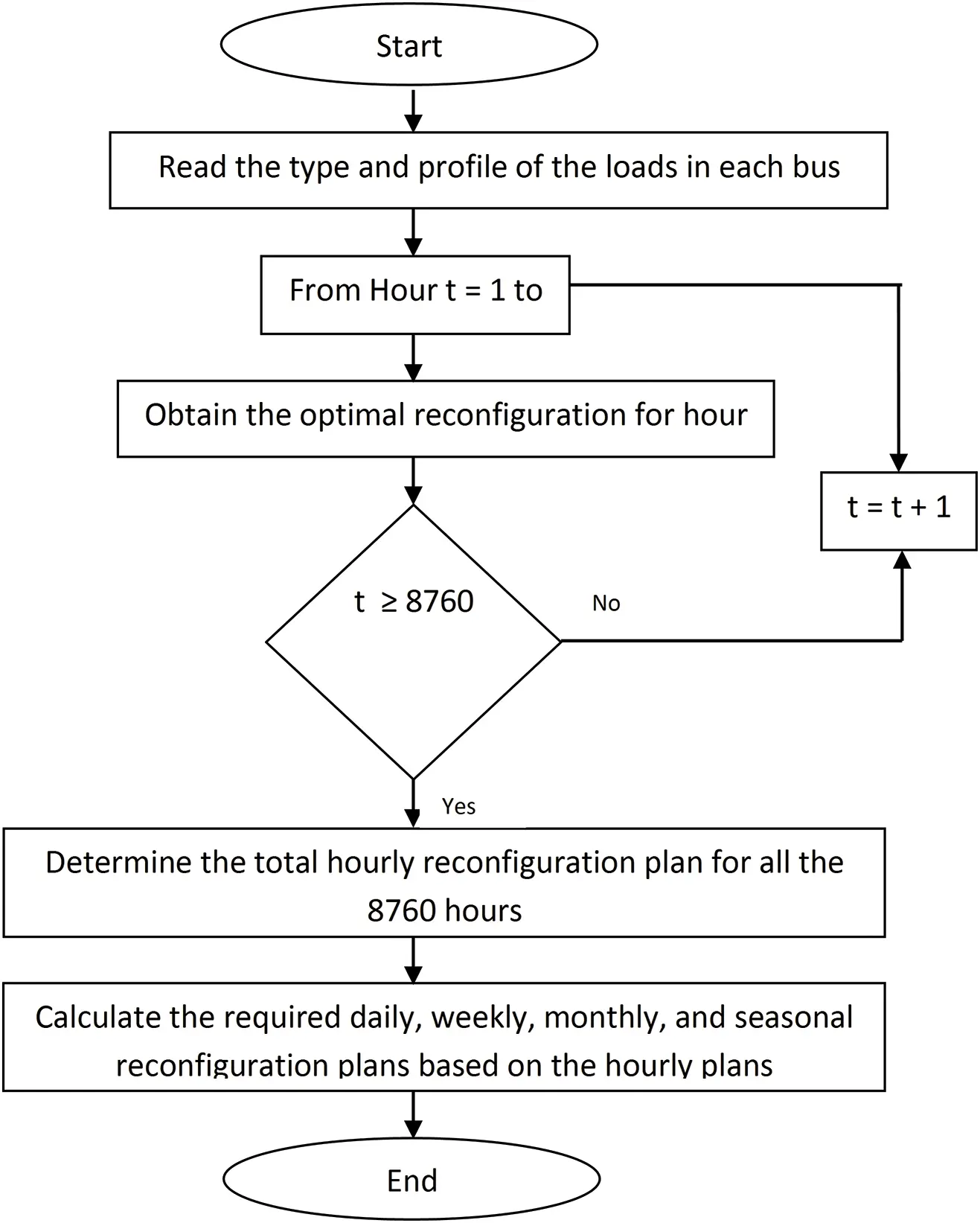
Figure 2.1 Methodology for deducing the optimal switching frequency.
The most important task required for the proposed mechanism is network reconfiguration. The next section describes the various tasks required, their methodology, and the various processes for implementation of the mechanism.
2.6 Feeder Reconfiguration
The distribution system provides power to the end users from a set of distribution feeders, which are normally configured radially due to a protection point of view. Two types of switches, i.e. sectionalizing switches and tie switches are placed in every distribution network. During normal operations, sectionalize switches are kept closed and tie switches are kept open. In case of any requirements related to protection coordination or reconfigurations, these switches play the dominant roles.
Since many sectionalizing switches and tie switches may be present in a distribution network, the task of reconfiguration becomes complex due to huge possible combinations of these switches. Hence the task of reconfiguration becomes a complicated combinatorial, non-differentiable, constrained optimization problem. A huge amount of time is required for calculating network losses during all the different possible combinations. Thus to reduce the time and the number of steps involved, heuristic methods are mostly being used by different researchers across the globe for reconfiguration of the radial distribution system.
Let us try to understand the methodology through an example. Assume that the methodology is being applied to an IEEE 33-bus radial distribution test system, as shown in Figure 2.2. In this figure the dotted lines represent the tie switches and the solid lines represent the sectionalizing switches.
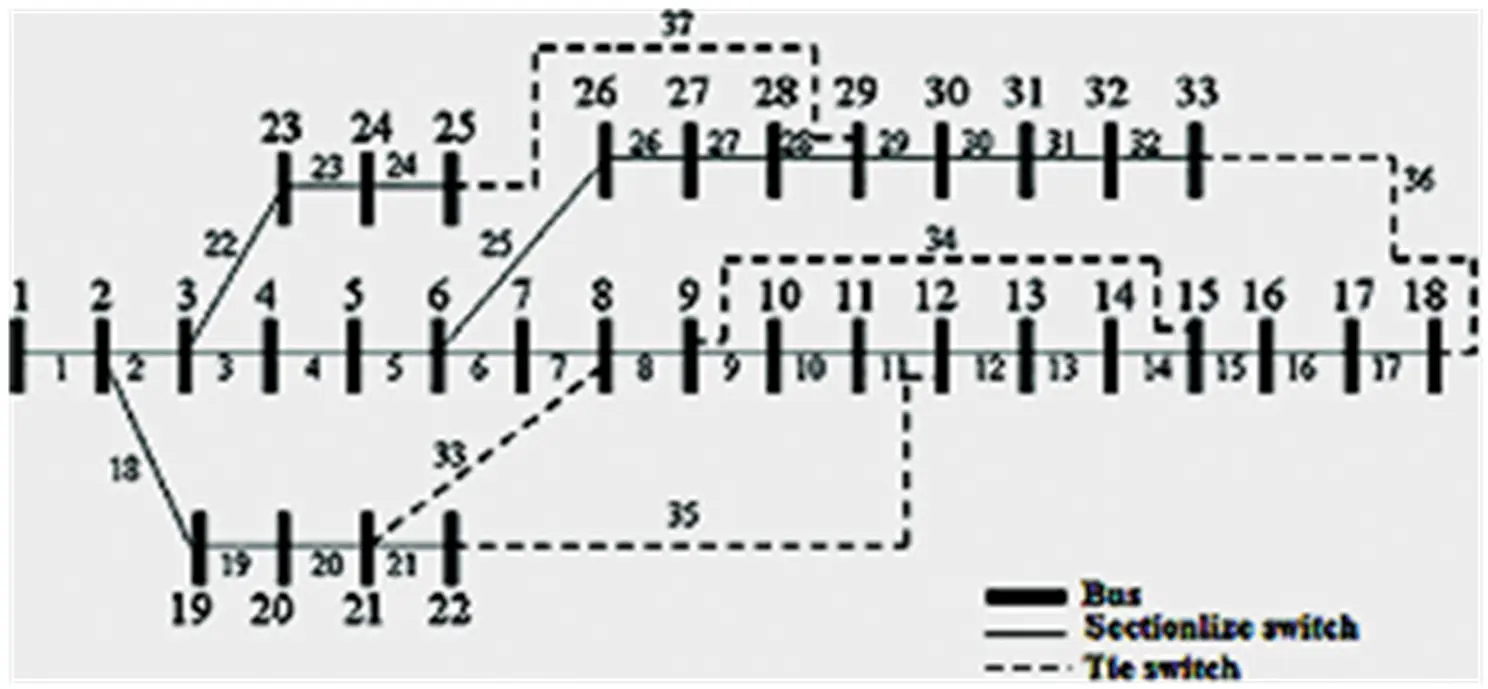
Figure 2.2 IEEE 33-bus radial distribution system.
There are 33 buses, 32 sectionalizing switches, and 5 tie switches. Suppose the total loads connected to the network are (3715 + j2300) kVAh. The tie switches (33, 34, 35, 36, and 37) are normally kept open and the sectionalizing switches (1–32) are normally kept closed. Using this normal configuration, load flow will be carried out to calculate the total technical loss (I 2R), individual bus voltages, and different line flows. By using the load flow data, the voltage across all tie switches will be computed, which will be equal to the voltage difference between the two buses across which that tie switch is connected. Suppose that the total technical loss obtained through the normal case load flow is 150 kW. Similarly, voltages across different tie switches can be calculated using load flow data, as shown in Table 2.1.
Table 2.1 Voltage difference across all open tie switches after first switching.
| S. No. | Tie switch number | Voltage difference across tie switch |
|---|---|---|
| 1 | 33 | 0.071 |
| 2 | 34 | 0.027 |
| 3 | 35 | 0.085 |
| 4 | 36 | 0.023 |
| 5 | 37 | 0.058 |
Now, let us consider that the loss obtained, i.e. 150 kW, is too high and there is scope for a loss reduction for which network reconfiguration is selected. The basic task required in network reconfiguration is to alter topological structures of the network by changing the status of the tie and sectionalizing switches. At the start any one tie switch will be closed. However, whenever the tie switch is closed, one loop will be formed in the network, which will violate the network operational constraint, i.e. radiality. Hence, to eradicate this violation, any sectionalizing switch of the network that is essentially part of the loop formed must be opened. Further, while opening the sectionalizing switch, care must be taken that every node is getting a supply. After opening the sectionalizing switch, the load flow will be run for the restructured case. The total technical loss (I 2R), individual bus voltages, and different line flows for this restructured case will be observed. From the observed data, it must be verified that the current flow through none of the line is violating the thermal limit of the line.
Читать дальшеИнтервал:
Закладка:
Похожие книги на «Active Electrical Distribution Network»
Представляем Вашему вниманию похожие книги на «Active Electrical Distribution Network» списком для выбора. Мы отобрали схожую по названию и смыслу литературу в надежде предоставить читателям больше вариантов отыскать новые, интересные, ещё непрочитанные произведения.
Обсуждение, отзывы о книге «Active Electrical Distribution Network» и просто собственные мнения читателей. Оставьте ваши комментарии, напишите, что Вы думаете о произведении, его смысле или главных героях. Укажите что конкретно понравилось, а что нет, и почему Вы так считаете.
